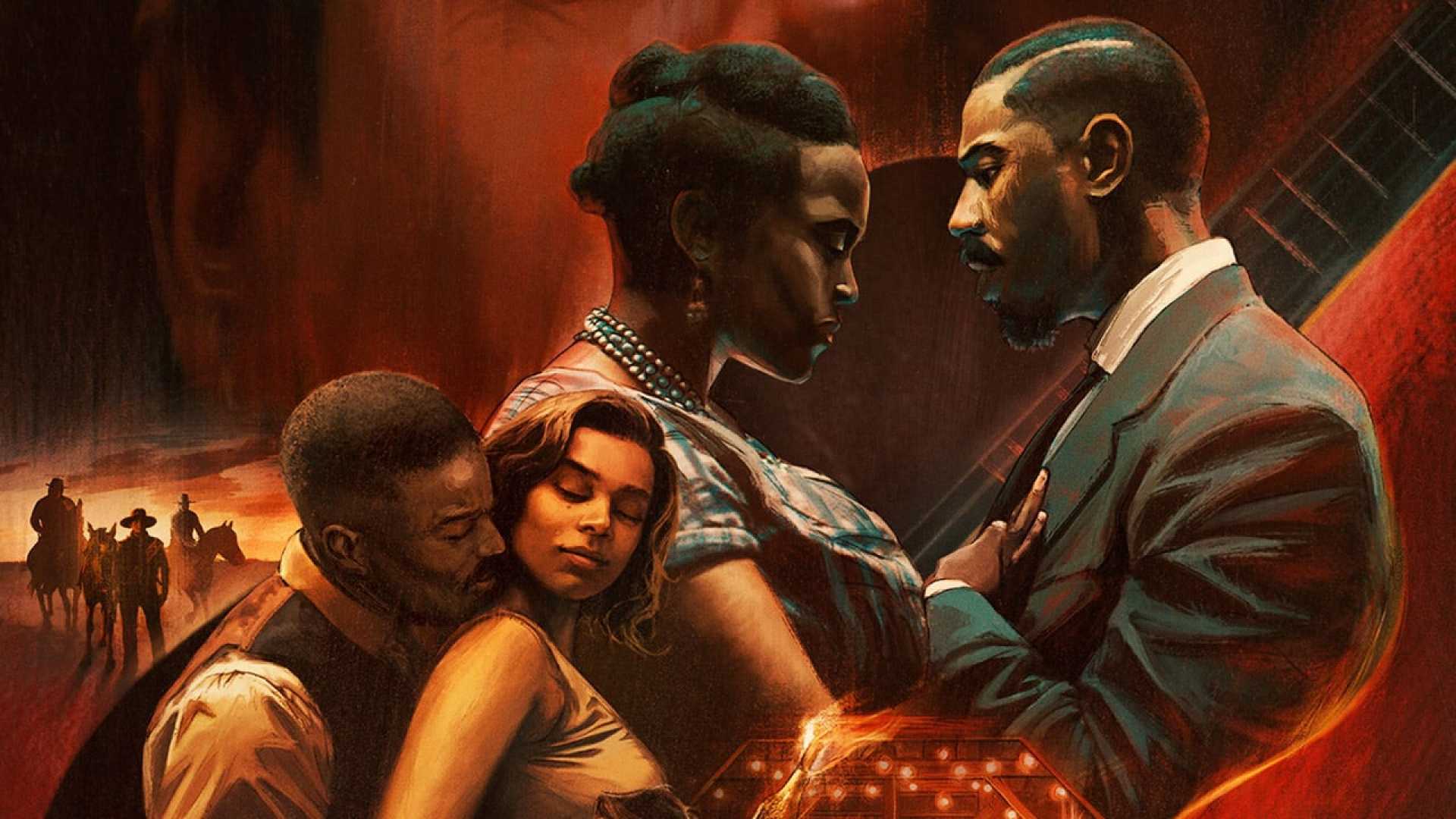Entertainment
Ryan Coogler’s ‘Sinners’: A Vampiric Musical Tour of America’s Past

LOS ANGELES, Calif. — Director Ryan Coogler’s latest film, Sinners, debuts in theaters on April 18, bringing to life a haunting narrative set in 1932 Mississippi. The film features Michael B. Jordan in dual roles as twins Elijah ‘Smoke’ and Elias ‘Stack,’ who return home from World War I to open a juke joint while unknowingly attracting a trio of vampires.
Sinners is notably Coogler’s first original work, blending elements of horror with a deep exploration of American music and culture. As music plays a pivotal role in the story, it serves as a tool for conflict and connection, echoing themes of heritage and survival for Black Americans in the Jim Crow South.
In an opening sequence, the film introduces Miles Caton as Sammie, the son of a preacher, who grapples with his musical ambitions against a backdrop of dire expectations. The film then shifts back 24 hours to reveal the Smokestack twins’ return home, armed with stolen mob money and dreams of entrepreneurship.
“I wanted to showcase how music can invoke spirits and connect us with our roots,” said Coogler in a recent interview. “The blues embody so much of our history and struggle, and I wanted to celebrate that.”
The narrative unfolds in two distinct halves. The first hour is a slower build highlighting character development as the twins assemble their crew, which includes a diverse cast of locals known for their unique talents, from a local voodoo practitioner to a Chinese American couple who own the local grocery store.
Delroy Lindo portrays Delta Slim, a harmonica player with a troubled past. “The film explores the layers of our history. It’s not just about horror; it’s about the music that defines us,” Lindo noted.
As the sun sets on this slice of Mississippi life, the movie pivots into more traditional horror territory, introducing Jack O’Connell as Remmick, a vampire seeking to take advantage of the twins’ naivety. “He represents the allure of the unknown, preying on the dreams of others,” Coogler explained in a recent discussion about the character’s motivations.
The film’s climax showcases a vibrant and chaotic mix of talent from traditional African dancers to modern DJs, encapsulating the rich history of the Mississippi juke joint. Coogler integrates these musical tributes into a cinematic tapestry that elevates conventional horror tropes.
One of the film’s standout moments features Caton performing an original blues tune amidst a swirling backdrop of time-traveling visuals. “We wanted to capture the essence of what blues music feels like. It’s an emotional experience that runs deep,” Coogler shared.
According to Coogler, the collaboration with composer Ludwig Göransson was integral to crafting the film’s soundscape. Göransson not only composed the score but also engaged the cast in rehearsing period-specific song performances. “Music is a character in its own right in Sinners,” Göransson remarked. “Each note tells a part of the story.”
The film challenges audience perceptions while delivering moments of levity and heartbreak, driving home the reality that “Sinners” is much more than just a simple horror flick. Coogler aims to captivate viewers with striking visuals paired with a powerful narrative that resonates on multiple levels.
With its intriguing mix of genres and themes, Sinners stands as a testament to Coogler’s growth as a filmmaker and his ability to weave complex stories through music and culture.












